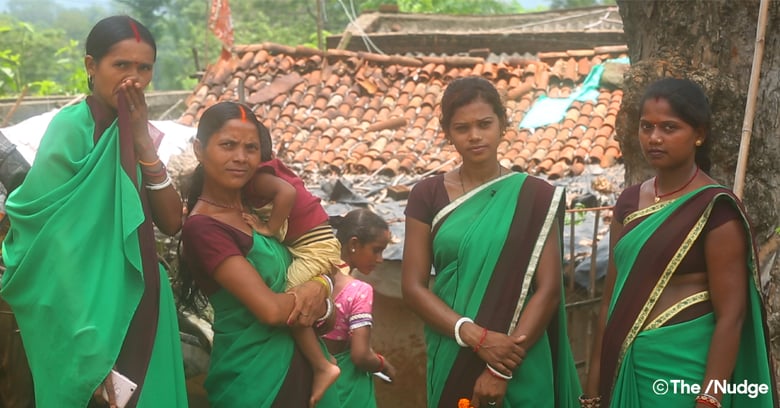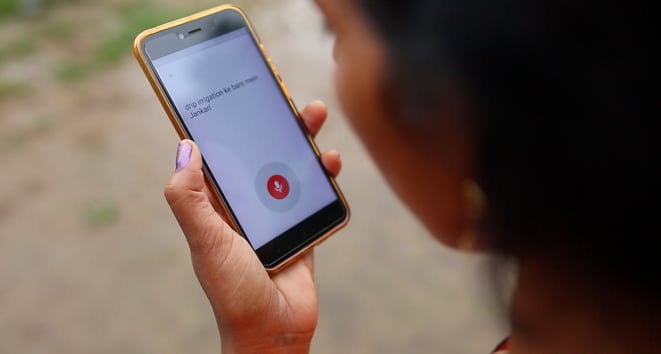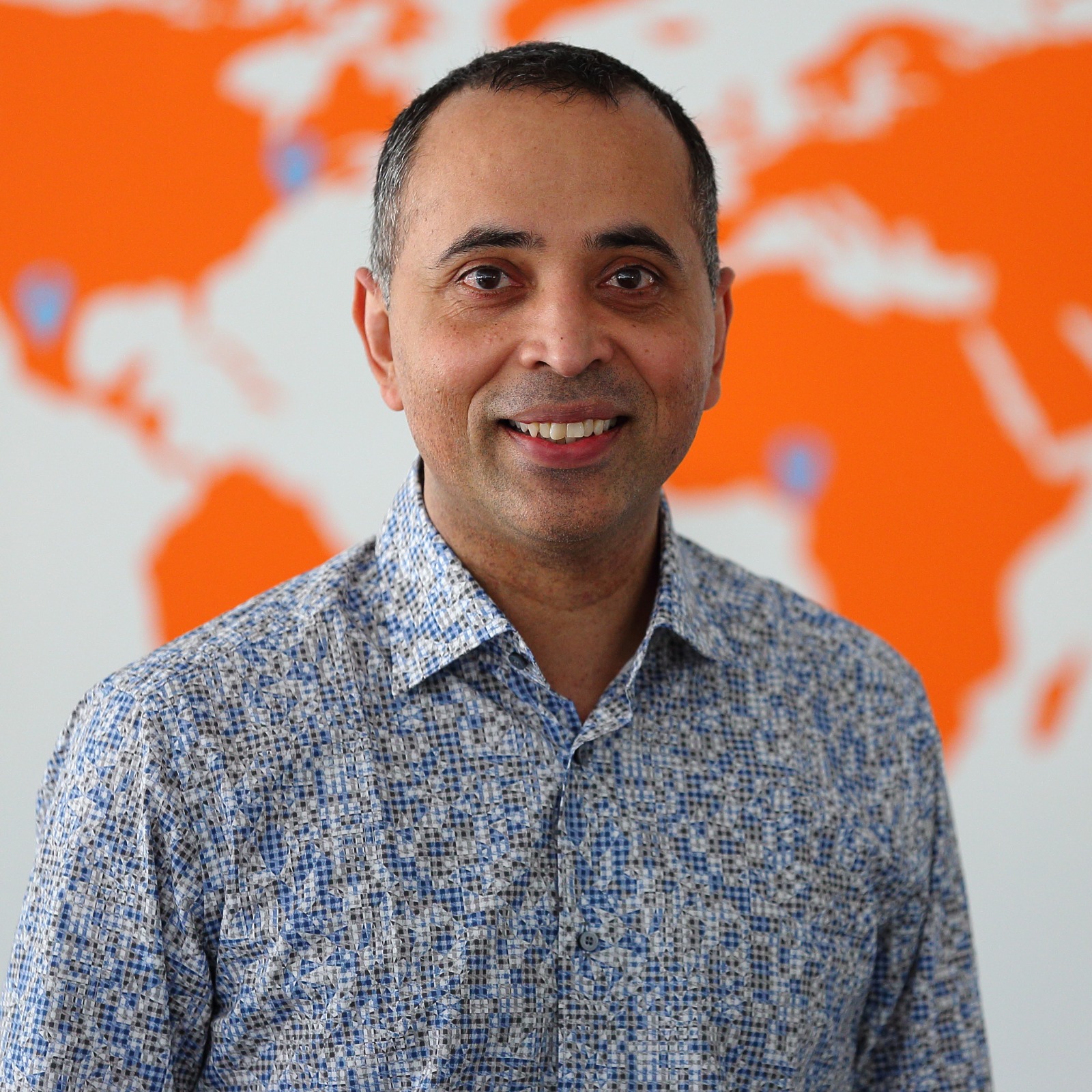For most of us with easy access to affordable mobile connectivity, it is easy to forget that not everyone is as lucky. More than 3.9 billion people around the world (including more than 50 million American households) do not have access to connectivity. This is called the Digital Divide, and it is a big threat to the advancement of our society.
Digital Exclusion
You may be wondering what the big deal is about not having access to internet connectivity. Around the world people without access to information, miss out on a lot of learning and employment opportunities that would help them elevate their personal situation(s). Without connectivity, these people are restricted to their closed networks, thus limiting their ability to trade, build advantageous business connections, and even access important market resources. This form of digital exclusion leads to an even deeper and wider divide between the ‘haves’ and the ‘have-nots’.
Let’s look at an example of small time farmers. Without modern technology, small-time farmers rely on outdated and primitive methods of farming. This often results in crops failing, which affects the farmer’s ability to make a living. For example, without access to weather forecasts, these farmers are unable to make informed decisions when it comes to crop management and timing. With access to the internet from a connected hand-held device, though, these farmers have all the information and resources they need at their fingertips.
Also, with messaging apps like WhatsApp, they are able to share photos of affected crops with experts and ask for the best course of treatment. Apart from seeking expert advice, there is also a wealth of resources they can thumb through to learn about scientifically proven methods of sowing seeds, irrigation and fertilization, that help improve productivity. Small-time farmers are just one example of how the digital divide negatively affects some.
Surprisingly, one of the key factors to digital exclusion is not accessibility, but affordability. According to the A4AI’s Affordability Report, just 1GB of data is unaffordable in many countries in the world - costing around 5.5% of the individual’s average income! Unable to afford such high bills, families often have to forego internet connectivity. And this costs them dearly as they are unable to benefit from the many possibilities that the internet offers.
Crowdfunding connectivity
 We at Reach Mobile have worked with businesses for the last 5-6 years to get them to sponsor the cost of toll-free data services (free mobile data) in emerging markets. And in doing so, we got to witness first-hand the value of getting mobile connectivity to people. But this model wasn’t a long-term solution to connect the unconnected. We came up with the idea of crowdfunding connectivity as a scalable way to increase digital inclusion around the world, and our Get a plan, Give a plan initiative was created. Our logic was simple. We believe all of us want to make a difference. And with our Get a plan, Give a plan initiative, we offer a simple and turnkey solution to our customers to be able to make a difference every month through their mobile service.
We at Reach Mobile have worked with businesses for the last 5-6 years to get them to sponsor the cost of toll-free data services (free mobile data) in emerging markets. And in doing so, we got to witness first-hand the value of getting mobile connectivity to people. But this model wasn’t a long-term solution to connect the unconnected. We came up with the idea of crowdfunding connectivity as a scalable way to increase digital inclusion around the world, and our Get a plan, Give a plan initiative was created. Our logic was simple. We believe all of us want to make a difference. And with our Get a plan, Give a plan initiative, we offer a simple and turnkey solution to our customers to be able to make a difference every month through their mobile service.
Women and digital literacy
 Why women, you ask? The digital divide separates not just nations, but segments of society as well. According to GSMA’s The Mobile Gender Gap report, women from economically backward countries are 26% less likely to use the internet as compared to men. Rigid societal norms and low levels of literacy are the biggest hindrances to women using the internet. While men (by virtue of their position in the family and the society as a whole) have better access to mobile connectivity, women almost always end up with the short end of the stick.
Why women, you ask? The digital divide separates not just nations, but segments of society as well. According to GSMA’s The Mobile Gender Gap report, women from economically backward countries are 26% less likely to use the internet as compared to men. Rigid societal norms and low levels of literacy are the biggest hindrances to women using the internet. While men (by virtue of their position in the family and the society as a whole) have better access to mobile connectivity, women almost always end up with the short end of the stick.
In order to empower women and families, and in turn the society, just enabling mobile connectivity wasn’t enough. Our local partners (Ripples Foundation in Africa, LIFT in the US and The /Nudge in India) work with the recipients as they learn to use mobile internet to carry out their many tasks in a more efficient manner, connect with friends and family, search for information, and so much more.
There is a popular African saying, ‘You educate a man, you educate an individual. You educate a woman, you educate a community.’ In fact, in a report by Melinda Gates Foundation, they found a growing body of evidence that shows that empowered women and girls act as agents of change in their communities. This is applicable to digital literacy as well, a key factor in bridging the digital divide. In the hands of women, a mobile connection has the potential to become a life-changing connection. That’s because they use it to acquire skills that can help financially support their families, help their children in their coursework and even mobilize women and men in their community.






